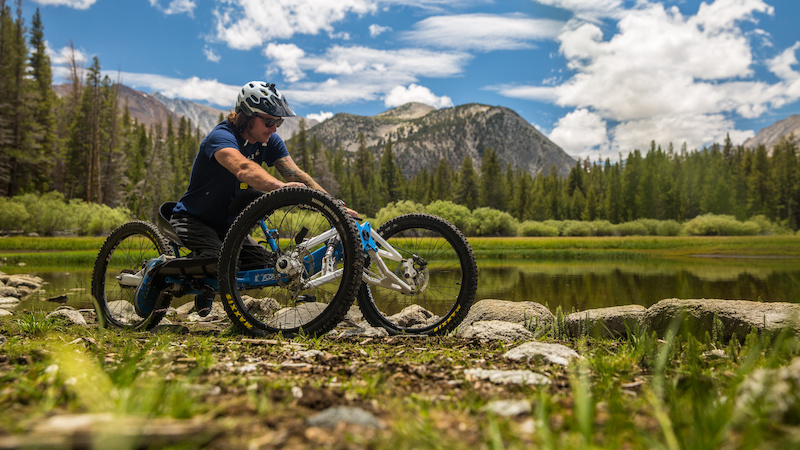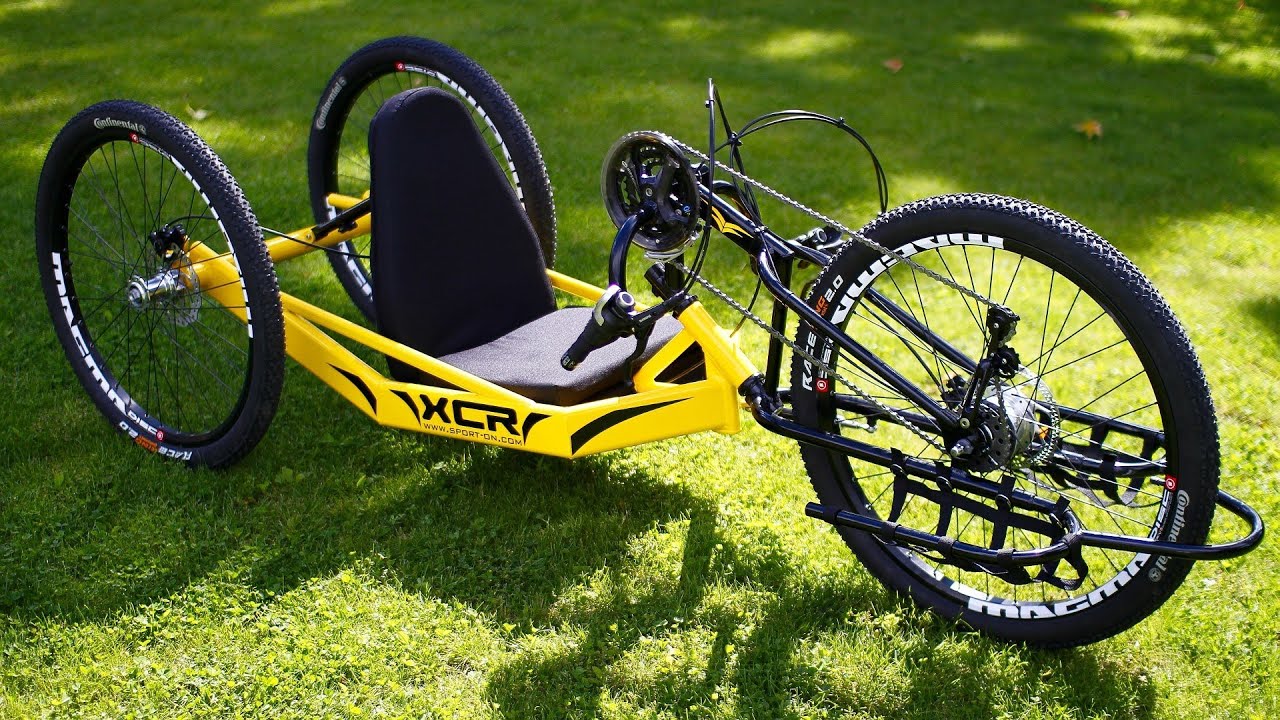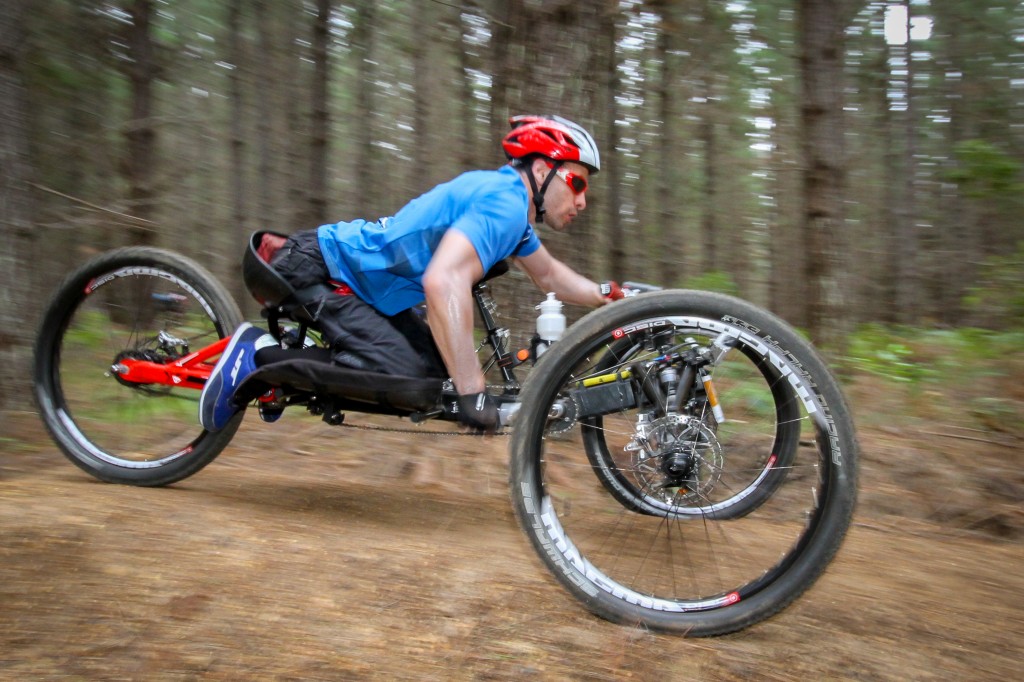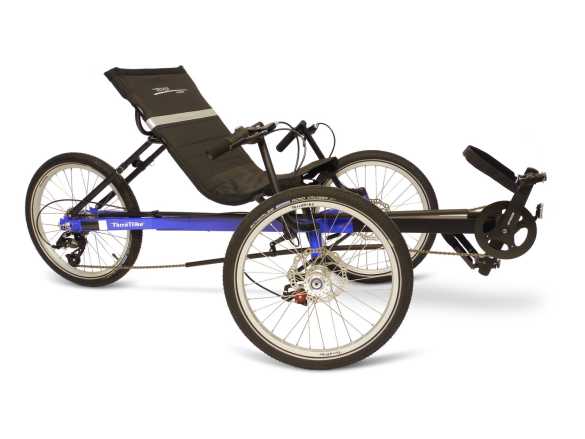
The Irish online casinos off-road handcycles known as Adaptive mountain bikes as used by people those with special needs and disabilities, or for those who are otherwise unable to use a traditional form of mountain bike due to sensory, neurological, physical and intellectual abilities. So, what the Adaptive MTB does, if give people with impairments the best equipment for the job of allowing them to experience mountain biking.
There are many variations of the new Adaptive MTB to aid a range of disabilities, such as the Recumbent Handcycle, Recumbent Trike, and the Kneeling Handcycle.
If you like adaptative mountain bike, don’t forget to practice other sport such as golf or other activity such as gambling. You can also play interesting games at the best online casinos if you don’t want to bet on sports.
Recumbent Handcycle
This was the first of the off-road handcycles that spearheaded the development of many others. People with disabilities see this as the most preferable bike option. The off-road recumbent seats the rider in a ‘leaning-back’ position, the occupant’s legs held forward whilst strapped into leg brackets for support. The weight distribution is placed toward the rear of the frame whilst supported by two larger rear wheels, with a single central wheel at the front.
The single front wheel acts as the drive wheel and primary steering wheel. Propulsion is made via the hand crank pedal attached to the front wheel. Seating is cushioned with straps that can be adjusted to suit the comfort of the rider.

Seating General: Full backrest and cushioned
Seating Position: Leaning back with legs forward.
Weight Distribution: Back to Middle
Drive Chain: Hand Crank to Front Wheel
Pedalling: Parallel hand cranks
Steering: Front wheel pivot with hand cranks
PROS: Modifications available to use on-road. minimal trunk stability required - Can be upgraded and adapted for higher quadriplegics.
CONS: Less suspension. Larger turning circle. Less clearance.
OVERALL: Ideal for leisure and comfort ride, not overly suited for technical trails. Suitable for XC.
Kneeling Handcycle
This is a newer type of MTB arranged with one wheel at the rear and two wheels at the front. The rider is positioned on their knees, sat in a bucket seat. With less strapping for the torso, many riders find this suitable, although not limited, for those with a need for higher function and stability.
The drive wheel of the kneeling MTB is at the rear, while the two front wheels are there for steering and balance.
The kneeling handcycles are typically built with a standard handlebar.

Seating: Carbon and cushioned bucket seat
Seating Position: Occupant Kneeling forward
Weight Distribution: Front to middle
Drive Chain: Rear wheel
Pedalling: Alternating hand cranks
Steering: Handlebars
PROS: Great shock absorbers. More stable. Smaller turning circle.
CONS: More trunk function needed. Weight. Back and neck will have to endure more strain.
OVERALL: Ideal for intense and technical rides and trails. Suitable for downhill. Suitable for DH.
Recumbent Trike
Recumbent Trikes are leg-powered and have been used on the road for decades and have now been adapted for off-road.
Steering is done through side handlebars positioned on either side of the frame, which directly changes the steering crossbar that is fixed the axis, so the rider’s legs don’t move, they only crank the trike.

Seating: Full backrest seating. Varying peddling.
Seating Position: 45 to 85 degrees upright
Weight Distribution: Front to Middle
Drive Chain: Rear Wheel
Pedalling: Front foot
Steering: Side handlebars
PROS: Ideal for those with limited upper body stability/arm movement but are able to use lower body functions. The trike has a low centre of gravity.
CONS: Though on legs, vulnerable to injury or damage if the rider is in a collision.
OVERALL: Different variations exist with the frame and seating design.